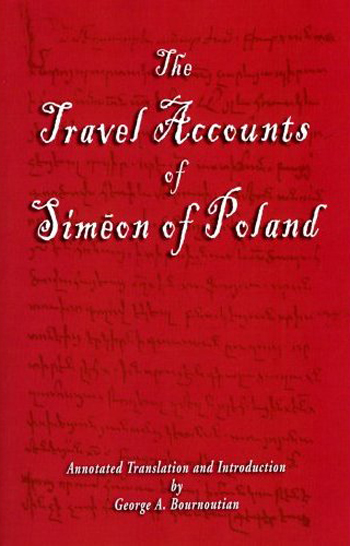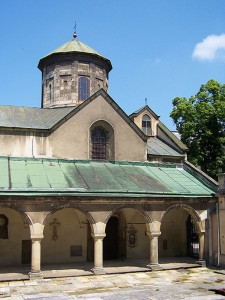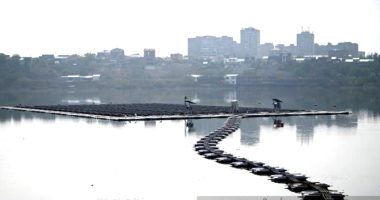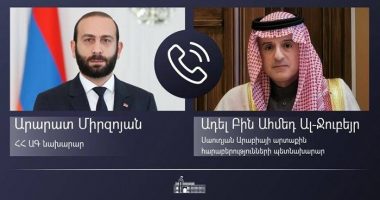Although I was invited to present a paper at the conference on the Armenians in Poland last year, the eruption of the volcano in Iceland postponed my visit. I was asked to come this year to examine the Armenian archives in Warsaw and to meet with the scholars who are currently working on Armenian topics. My knowledge of Polish and my mother’s Polish origins opened numerous doors and I found a treasure trove of Armenian manuscripts, rare books, and paintings.
The Armenians of Poland were originally concentrated in Lvov, Kamenets-Podolsk, Zamosc and other cities and, as I have indicated in my writings, had converted to Catholicism in the 17th century. Following WW I, Poland reemerged as a state and Lvov and Zamosc were included within its borders. Unlike the Armenians Catholics in Ukraine (under Soviet rule), Armenian Catholics fared well in Catholic Poland. The Armenian cathedral in Lvov and the various Armenian Catholic churches housed manuscripts, rare books, paintings, vessels, and vestments, some of which had been rescued from the Armenian Catholic churches in Ukraine during and after the Russo-Polish War of 1920-21 and were sent to Gdansk and other Polish cities.
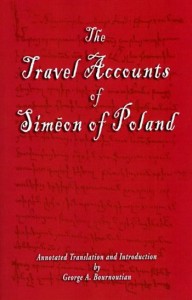

During my recent visit to Poland I discovered the secret of its survival. After WW II, when the borders of Poland in the east were absorbed by the USSR, Lvov became part of Ukraine. Realizing the danger, all important Armenian manuscripts, rare books, paintings, vessels and vestments were secretly sent by the Armenian Catholic clergy in Lvov to Wroslaw for safekeeping. Between 1946 and 1949, some of the most important items were sent to the National Library in Warsaw. Among them was the untitled MS. No. 58, bound in light red leather, composed of 198 two-sided neatly written and very legible folios—just as Father Akinean had described it. I was given special permission to examine it, spent some hours comparing parts of it with Akinean’s copy and found it exactly the same.
The Armenian community in Poland is composed of two groups. The first group numbers some 2,000 Armenians who lived there prior to 1990. This group is totally assimilated and generally cannot speak or read Armenian. The second group arrived after 1990 and is estimated to be over 25,000. The results of the new census conducted in 2011 will be published at the end of this year. Ironically, it is the members of the first group, who are actively involved in maintaining the historical Armenian presence in Poland and to educate the Polish public about the role of the Armenians in Poland. In 2006 they received a grant from the Polish government and created The Foundation of Culture and Heritage of Polish Armenians. They collected some of the Armenian manuscripts, rare books and paintings from Gdansk and other parts of Poland and have housed them in a secure house-museum in Warsaw. Armenian church vessels and vestments are still in Wroslaw. The Foundation issues an Armenian newspaper (Awedis), an Armenian calendar, various publications, sponsors conferences, and helps doctoral students interested in conducting research on the Armenians in Poland. Their funds are small and their staff is composed of just four individuals, Polish Catholic Armenians, whose families date back to the 17th century. In my humble opinion they are performing a heroic task and are worthy of our support. Among the rare books and manuscripts I found an Armeno-Kipchak dictionary and the original 14th-century decree from King Jagiello confirming the order of King Casimir the Great granting special privileges to the Armenians of Poland.
High-Ranking Clergy in the Defendant’s Seat
By KRIKOR KHODANIAN The political developments unfolding in Armenia have taken a…
- MassisPost
- July 7, 2025
- No comments
- 3 minute read
Open Letter on the Proposal to Rename the Armenia-Turkey Border Crossing After Talat Pasha
We express our deep concern and disappointment regarding the recent proposal introduced…
- MassisPost
- July 3, 2025
- One comment
- 2 minute read
Pashinyan’s Visit to Turkey and Beyond
By KRIKOR KHODANIAN At the invitation of Turkish President Recep Tayyip Erdoğan,…
- MassisPost
- June 29, 2025
- No comments
- 3 minute read
“I Still Can’t Believe What Happened on June 20”
By LUSYEN KOPA Exactly three months ago, I wrote an article titled…
- MassisPost
- June 26, 2025
- No comments
- 4 minute read

